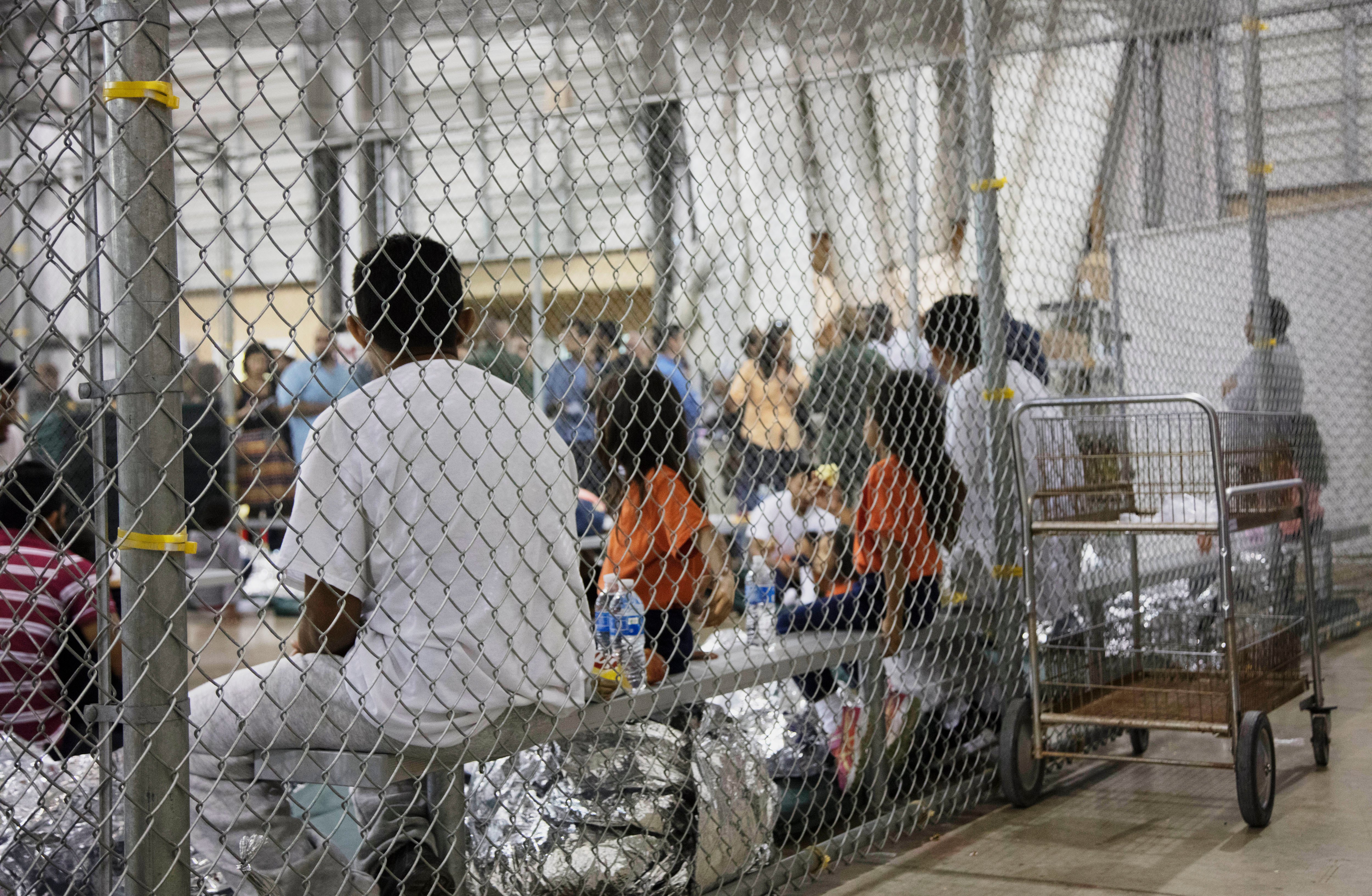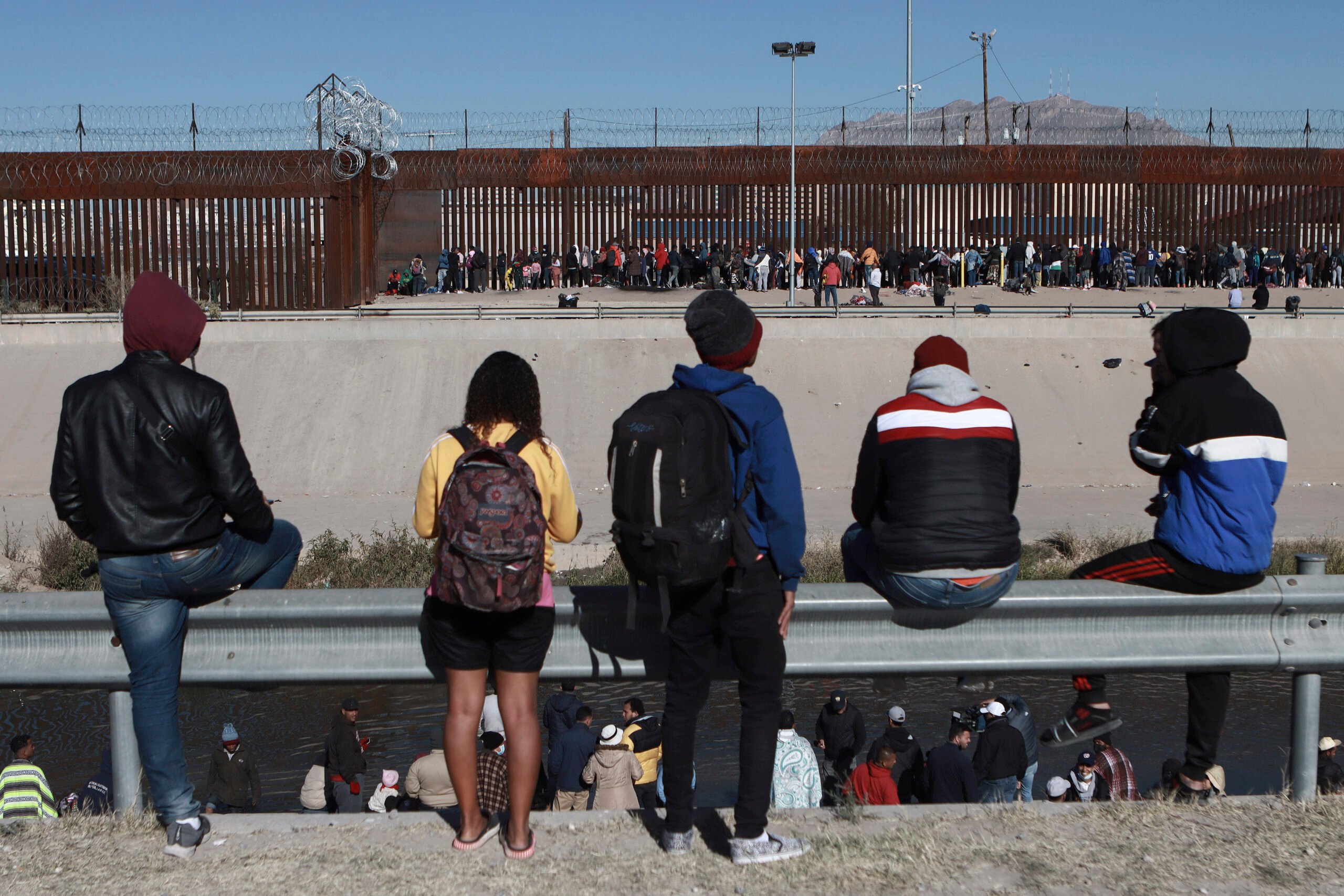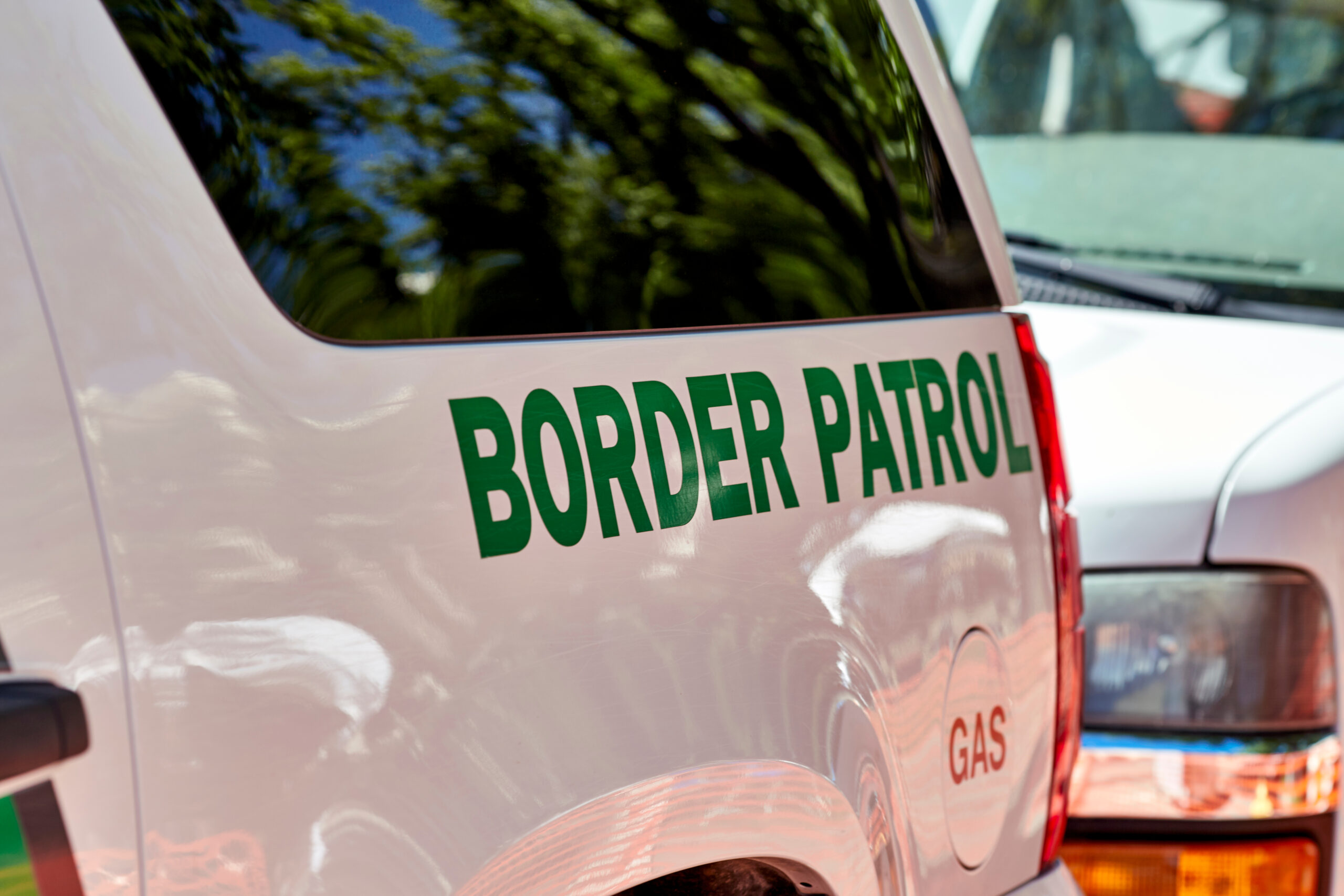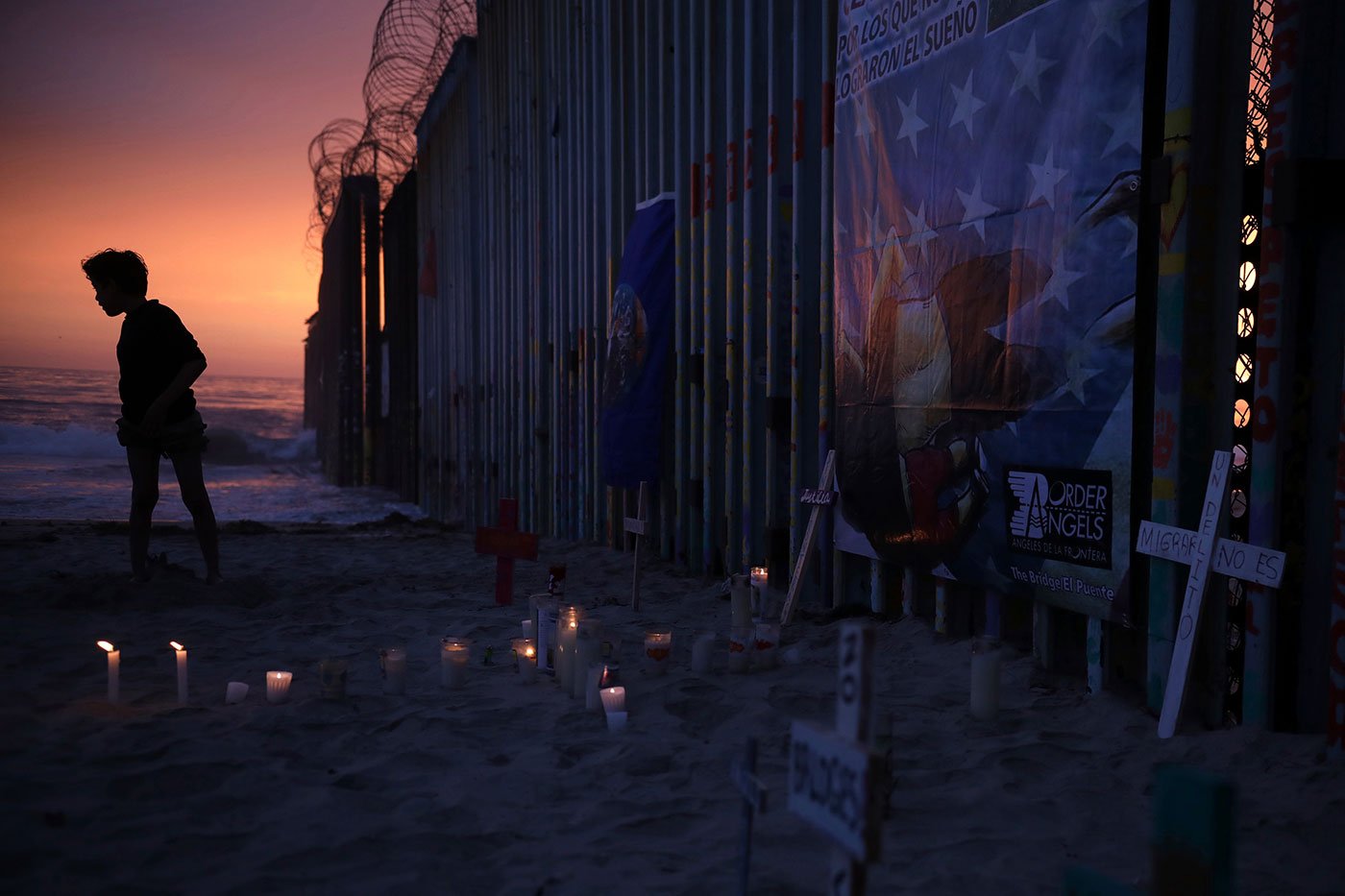
Instead of Building Family-Friendly Jails for Migrants, We Should Just Stop Jailing Them
The processing centers are jails by another name, where men, women and children are kept in large group cells with no access to beds, full meals or even adequate drinking water.


While immigration politics play out on the national stage, El Paso is once again becoming a testing ground for the U.S. Department of Homeland Security. As part of the immigration negotiations that prevented another government shutdown last month, $190 million was allocated to build a new processing center in El Paso. Some of that money now seems to be going to a new 800-bed family prison to be opened in a former vacuum factory on the west side of the city. It appears that the facility will be operated as a Customs and Border Protection (CBP) processing center, housing migrant families while the government works to deport them.
CBP plans to build the new family prison despite the recent deaths of at least two children in CBP custody as well as reports of dangerous and unsanitary conditions inside the CBP processing centers. Known as “hieleras,” or ice boxes, because of their frigid temperatures, the processing centers are jails by another name. Men, women and children are kept in large group cells with no access to beds, full meals or even adequate drinking water. CBP has complained that the processing centers were designed for single men, not families, and that they are not equipped to safely detain children.
If we truly want to protect migrant families, we shouldn’t be trying to jail them in nicer facilities; we should be keeping them out of jail to begin with.
CBP claims that the new processing center would provide a more suitable space for families. Indeed, the news of the new CBP facility has been met with support in El Paso, including from Democratic Congresswoman Veronica Escobar and the director of a local migrant shelter, Ruben Garcia. On its face, the new facility makes sense in a time when we are grappling with how to care for families of asylum-seekers at the border.
But migrant families shouldn’t be detained at all. As an immigration attorney in El Paso, I see firsthand the trauma detention inflicts on my clients. If we truly want to protect migrant families, we shouldn’t be trying to jail them in nicer facilities; we should be keeping them out of jail to begin with.
Immigration enforcement at the border is rife with violence and abuse at every level, from migrants’ initial contact with CBP or Immigration and Customs Enforcement (ICE) agents to their detention in an array of facilities. Long before the tragic deaths of 7-year-old Jakelin Caal Maquin and 8-year-old Felipe Alonzo-Gomez in federal custody, CBP processing centers were abusing both children and adults. A 2015 lawsuit alleges that men, women and children in CBP processing centers were held in overcrowded, filthy and freezing cells. Detained for days, those in custody had no access to beds, blankets or showers. Further, they had no way to communicate with the outside world for days or weeks at a time. Photos from the lawsuit show children playing near dirty toilets in trash-filled cells and individuals sleeping shoulder to shoulder on concrete floors with nothing but mylar blankets for warmth.
It isn’t merely old facilities that are the problem, it is also a culture of impunity that allows abuse at the hands of CBP and DHS agents.
In 2019, at a CBP processing center in Presidio, California, two teenage sisters were taken into a closet by a male CBP officer and sexually assaulted under the guise of a “search.” They weren’t the only ones subject to sexual assault while in CBP custody. A 2018 report from the University of Chicago and the ACLU shows numerous instances of sexual abuse as well as the regular denial of food and water and rampant verbal abuse, including death threats.
These reports square with what I hear from my clients, almost all of whom are detained in CBP custody, sometimes along with their children, before I represent them. The majority of them report spending days or weeks in deplorable conditions, usually without adequate access to food, water and showers. It isn’t merely old facilities that are the problem, it is also a culture of impunity that allows abuse at the hands of CBP and DHS agents.
Though you won’t hear many talking about it, there is another option: immediately releasing asylum-seeking families with a notice to appear in immigration court. Releasing families to join relatives in the United States or stay at a non-profit shelter not only keeps them together and safe, but also eliminates the need to spend millions on a new family jail in El Paso. The numbers show that releasing asylum-seekers to pursue their cases outside of detention works: 96 percent of family members seeking asylum show up to court.
Before we applaud a new CBP processing center in El Paso in the name of protecting migrant safety, we should ask ourselves why exactly we think families need to be detained at all and why we should believe that an agency that routinely abuses children and families should be allowed to jail even more of them.


